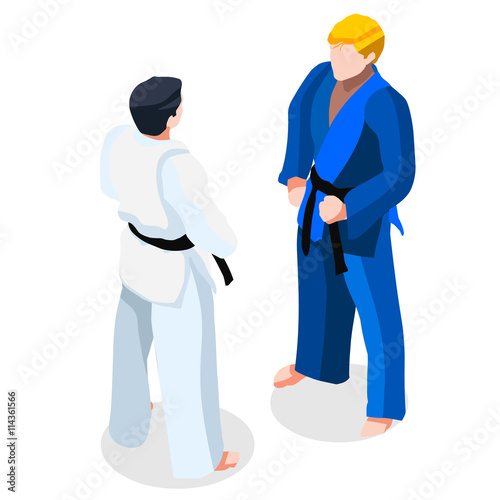Key Distinctions Between Conventional Martial Arts And Modern Combat Sports: A Thorough Analysis
Key Distinctions Between Conventional Martial Arts And Modern Combat Sports: A Thorough Analysis
Blog Article
Authored By- martial arts with knives
When you think about martial arts, do you lean extra toward the standard methods or the modern battle sporting activities? Each course provides special benefits and experiences, shaped by their viewpoints and training techniques. Conventional martial arts highlight personal growth and discipline, while modern-day battle sporting activities focus on competitors and efficiency. Understanding these differences can assist you in choosing the ideal approach for your journey. However just how do these differences manifest in training and viewpoint?
The Philosophy and Background Behind Typical Martial arts
While many people connect martial arts with physical combat, the ideology and history behind conventional martial arts run much deeper. You'll discover that these techniques stress individual growth, technique, and regard.
Originating from ancient practices, conventional martial arts were typically established for Self-Defense and spiritual advancement. They symbolize concepts such as balance, harmony, and self-constraint, guiding professionals beyond simple battling abilities.
As you train, you'll not just discover methods but also acquire understandings into the culture and worths that shaped these arts. The routines and practices, often passed down with generations, foster a sense of area and belonging.
The Affordable Nature of Modern Fight Sports
Modern battle sports have actually transformed the landscape of martial arts into an extremely affordable sector, where athletes challenge in a test of ability, method, and endurance.
https://www.postandcourier.com/moultrie-news/news/zeroing-in-on-self-defense/article_82ea4080-2cb5-11ee-a988-df0f79eb2996.html 'll see that competitors are often organized with rigorous rules and regulations, guaranteeing fair game and safety and security. These events bring in large target markets, fueling the enjoyment and strength of matches.
Athletes educate carefully, not just for physical expertise but additionally for mental toughness, understanding that every information counts in the ring. The adrenaline rush throughout competitions is palpable, as boxers press their restrictions to assert triumph.
Followers value the athleticism and artistry included, making modern battle sporting activities a thrilling phenomenon that continues to develop and astound enthusiasts around the globe.
Training Approaches and Strategies: A Relative Analysis
The affordable ambience of modern battle sporting activities demands innovative training techniques that differ substantially from standard martial arts.
In modern-day training, you'll concentrate on specific strategies, sparring, and conditioning, usually making use of drills that imitate actual fight scenarios. You'll see an emphasis on quantifiable performance and constant competitors to analyze your skills.
In contrast, traditional martial arts prioritize forms, katas, and philosophical trainings, typically emphasizing self-control and respect over competition.
Training is generally less intense and might involve repeated method instead of real-time sparring.
While both techniques develop ability and fitness, modern fight sporting activities offer a much more vibrant and versatile training atmosphere, preparing you for prompt difficulties in the ring or cage.
Pick the path that lines up with your objectives and interests.
Conclusion
In choosing between standard martial arts and modern battle sports, it truly boils down to what you value the majority of. If you're looking for individual development, technique, and a feeling of community, standard arts may be your best fit. But if you thrive on competition and real-time obstacles, contemporary combat sporting activities could be the method to go. Eventually, both courses supply unique advantages, so it's everything about straightening your training with your personal goals and interests.
